Top 5 homebuilding industry trends to watch for in 2024
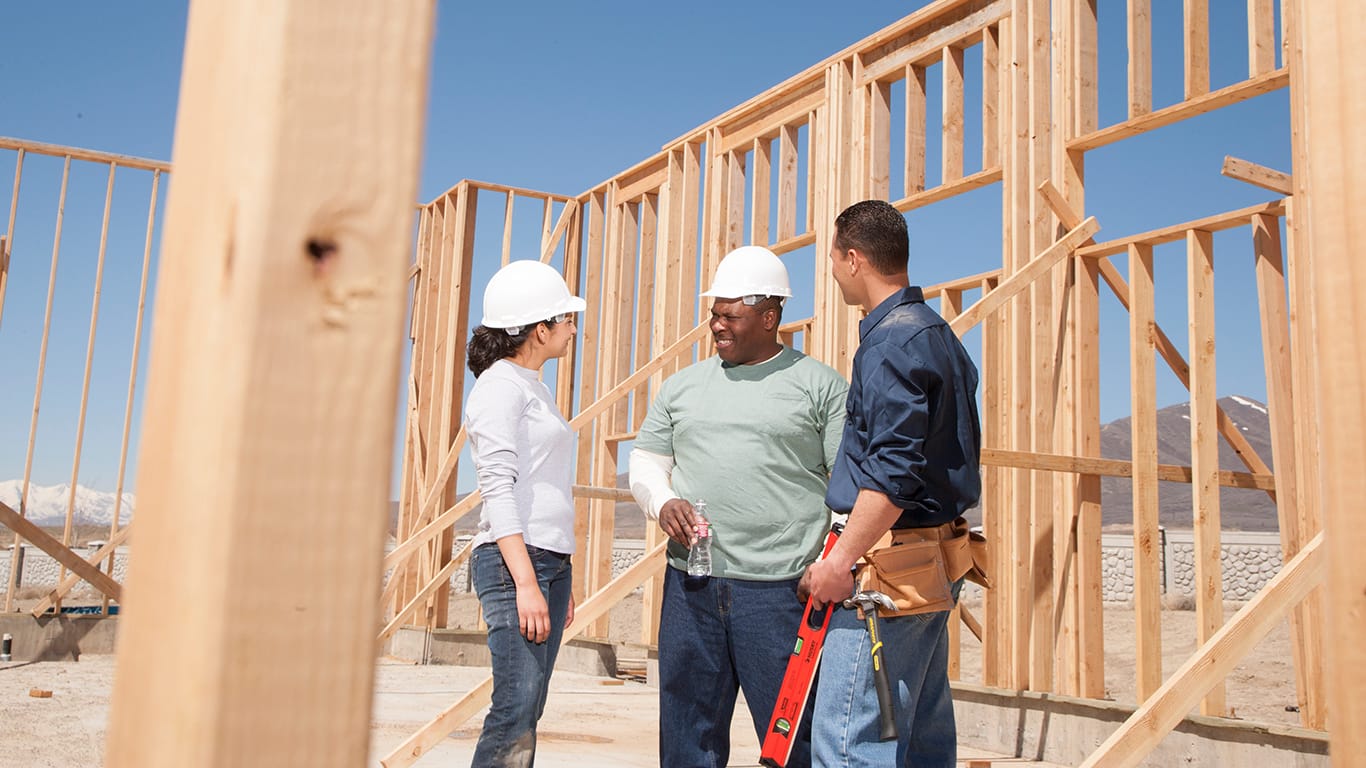
By: AZ Big Media Growth in New Construction While interest rates have had a big impact on the demand for new construction, we expect to see growth in our industry in the coming year, especially if rates go down by mid-2024 as predicted. In this scenario, we will see the many people who have r
Read MoreBreaking down the average garage makeover cost: What to expect

By: AZ Big Media Transforming your garage from a cluttered storage space into a functional and organized area of your home can be an exciting and rewarding project. However, before you dive into this home improvement journey, it’s important to have a clear understanding of the garage makeover
Read MoreGen Z homeownership? These Arizona cities offer most hope

By: AZ Big Media The number of Generation Z members is estimated at 69.58 million, or about 21% of the U.S. population. Born between 1997 and 2012, they’re already making their mark on American society. And these up-and-comers are looking for a place to call their own where they make a differ
Read MoreA look inside 1920s Phoenix historic home listed for $7.9M
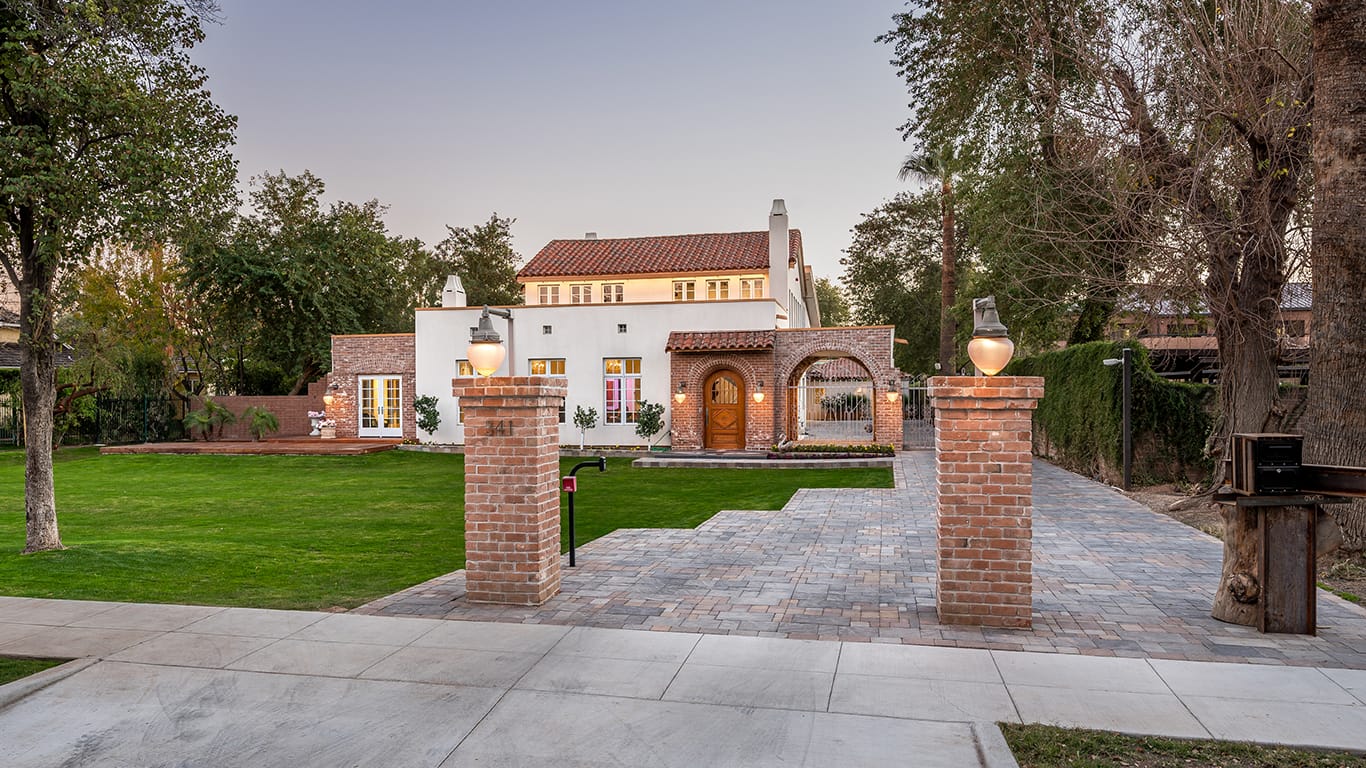
By: AZ Big Media It’s not every day that a Central Phoenix historic home of this caliber and historical significance hits the market, but this month Scott Grigg of The Grigg’s Groups Powered by Altman Brothers has listed an awe-inspiring historical masterpiece that has been 104 years in the m
Read MoreA Comprehensive Guide to Buying a Mobile Home
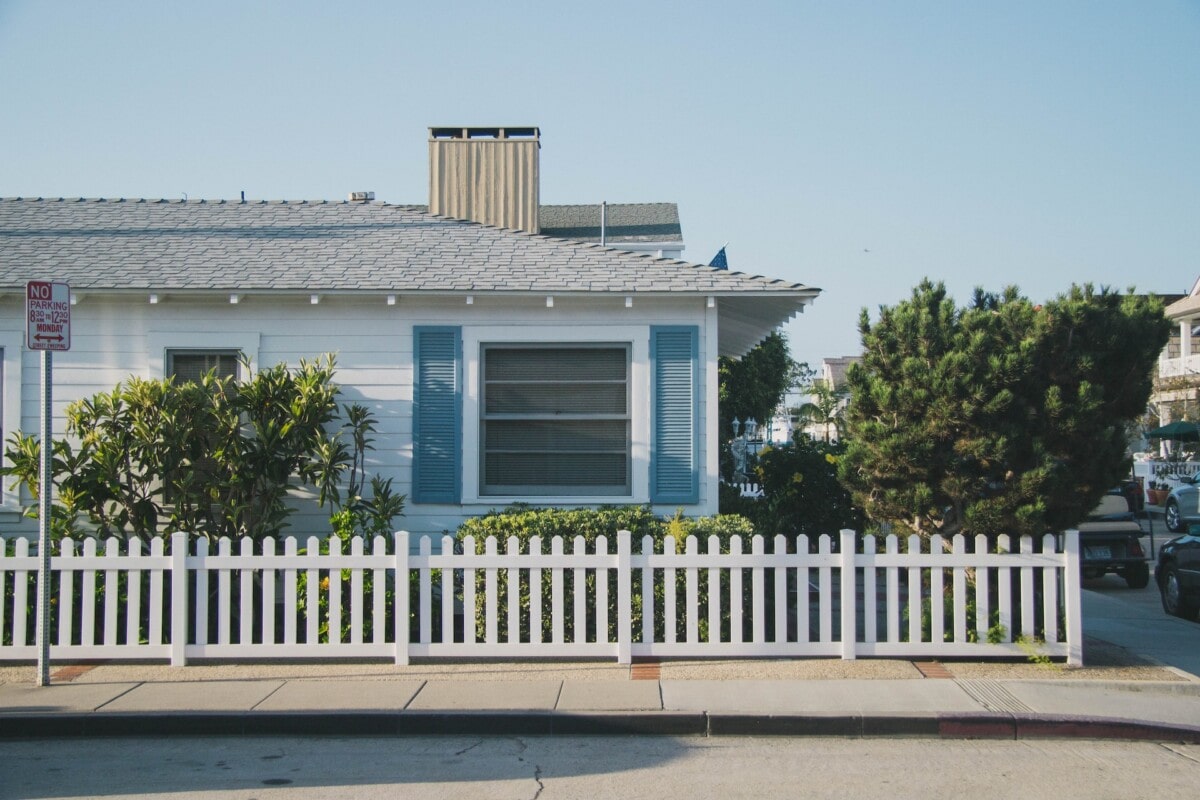
By: Redfin Blog Welcome to the ultimate guide to buying a mobile home – an increasingly popular housing option that offers affordability, flexibility, and a unique lifestyle. Maybe you’re a first-time buyer searching for an affordable entry into homeownership, or perhaps you’re looking to dow
Read MoreUnlocking the Door to Homeownership: Mastering the First Steps to Buying a House

By: Redfin Blog Buying a house is one of the biggest financial decisions that many people make in their lives. It’s a process that involves many steps, and it can be overwhelming, especially if you’re a first-time homebuyer. Understanding the first steps in buying a house is crucial to ensure
Read More19 Types of Home Inspections that Buyers Should Consider
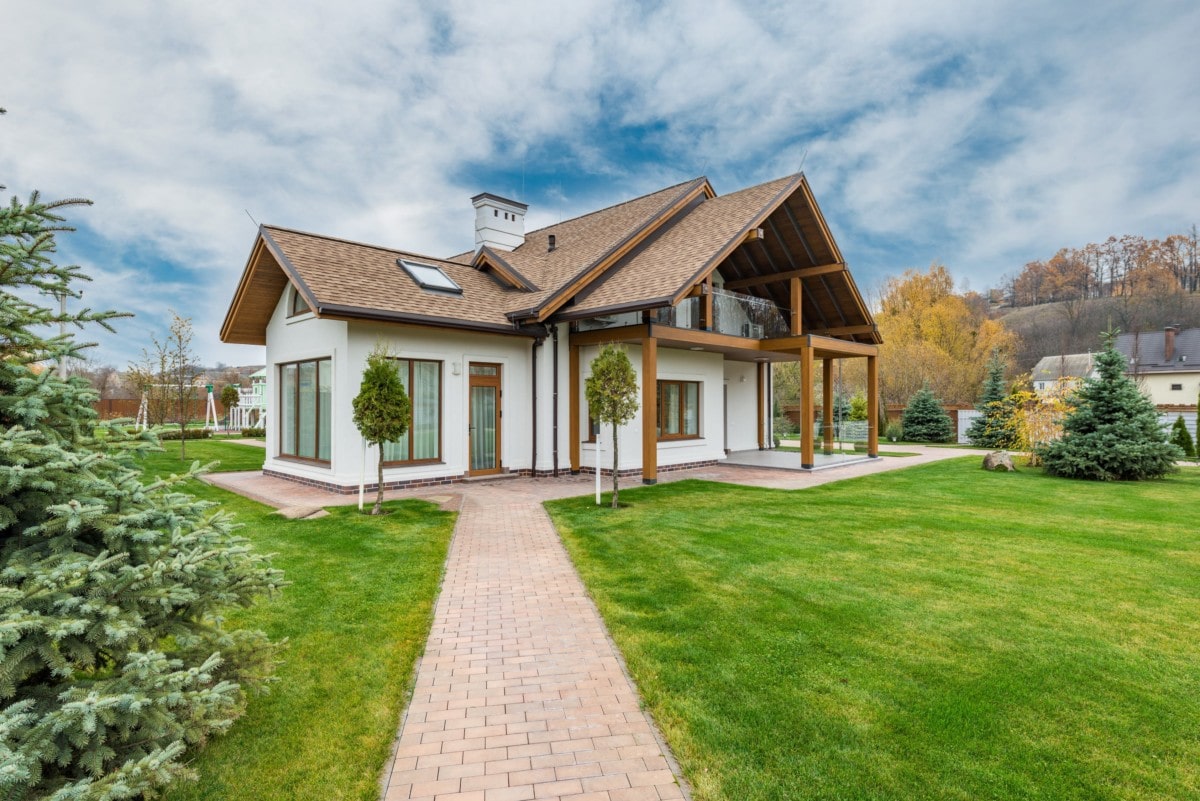
By: By: Redfin Blog Buying a home is a significant investment, and ensuring the house is in the best condition possible is a top concern for any buyer, regardless of whether it’s your first home or investment property. It’s easy to get caught up in the excitement of buying a home, but you’ll
Read MoreMastering Mortgage Basics: 10 Key Concepts Every Homebuyer Should Know
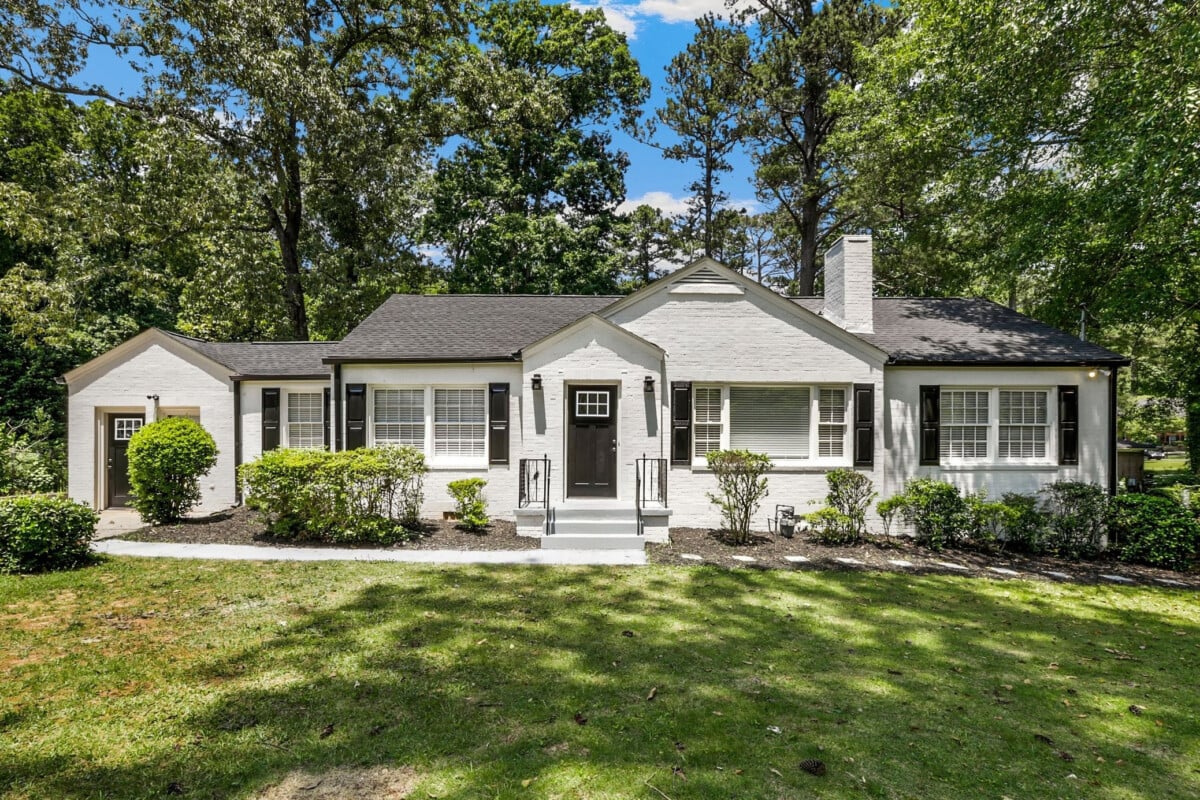
By: Redfin Blog In this comprehensive guide, by Redfin, we will delve into ten common questions about mortgages, offering valuable insights and expert answers. Whether you’re a first-time homebuyer in Los Angeles or you’re considering refinancing your home in Tampa, this guide is tailored to e
Read More10 Long-Distance Moving Tips: Making Your Move Stress-Free and Efficient

By: Redfin Blog Whether you’re relocating to a new house in Tacoma, WA, or an apartment in Houston, TX, moving to a new city or state can be an exciting adventure, but the process of long-distance relocation can also be overwhelming. Proper planning and organization are crucial to ensuring a
Read MoreHow Much Should I Spend on a House? 5 Tips to Help You Make a Decision

By: Redfin Blog Once you’ve decided to buy a house, the next step is to decide how much you can realistically afford. To help you get started and make the process easier, here are five tips to follow when deciding how much you should spend on a house. 1. Understand what percentage of your i
Read MoreWhat is Earnest Money and How Much Do You Need?
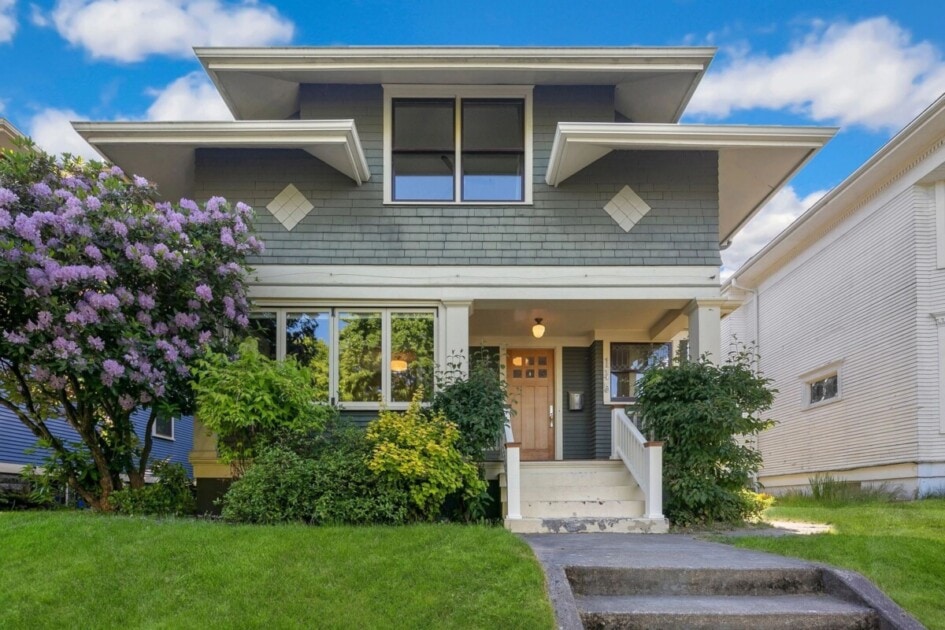
By: Redfin Blog When you’re about to make an offer on a home, your real estate agent will ask how much “earnest money” you’d like to put down. Earnest money is a type of security deposit, also known as a “good faith” deposit, made to the seller of a home. It represents your intent to buy the
Read MorePhoenix home sale time on market sees 2nd-biggest decrease in the U.S.

By: AZ Big Media Sellers became more eager this January as new data indicated they’re getting ready to sell, if not already there. The number of homes actively for sale was notably higher compared to last year, growing by 7.9%, according to the Realtor.com January Housing Report released toda
Read More4 tips for decluttering when selling a home

By: AZ Big Media First impressions matter a great deal in life – job interviews, first dates, and even when selling your home. A buyer’s first impression of a property can form in seconds while clicking through the online listing photos, and quickly change when attending an in-person showing
Read MorePhoenix No. 3 among cities with largest rent decline in 2023

By: AZ Big Media A large amount of multifamily housing supply coming online is expected to suppress national average asking rent growth this year, according to a new special report from Yardi Matrix. The report also showed that Phoenix is among the cities that saw the largest rent decline in
Read MoreMetro Phoenix housing data shows more positive than negative trends

By: AZ Big Media For the first time in months, year-over-year Metro Phoenix housing data for January 2024 showed more positive trends than negative movement, according to Phoenix REALTORS®. “Coming into January, we believed that 2024 was going to be better than 2023,” said Sheryl Bowden, pre
Read MoreHow to stand out in a competitive real estate market

By: AZ Big Media In the cutthroat arena of real estate, standing out is key to winning clients. We’ve gathered insights from industry experts, including CEOs and broker associates, to share their most effective strategies. From demystifying the mortgage process to establishing a strong online
Read MoreValley luxury homes saw biggest price increases

By: The Mesa Tribube The average square-foot price of single-family homes in the Valley rose the most over the last two years in cities with the most luxury homes, according to a leading analyst of the Phoenix Metro market. That increase was the highest in Paradise Valley, where the per-squar
Read MoreAffordable housing options coming to Glendale
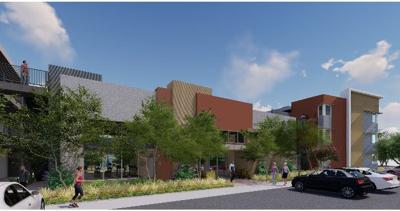
By: The Glendale Star Greenlight Communities recently broke ground on two of its newest affordable living communities — Cabana Aldea and Streamliner Aldea — in the heart of Glendale. They are within 2 miles of Westgate, State Farm Stadium, VAI Resort and Mattel Amusement Park. “I’m very hap
Read MoreShould You Buy Down Your Mortgage Interest Rate?
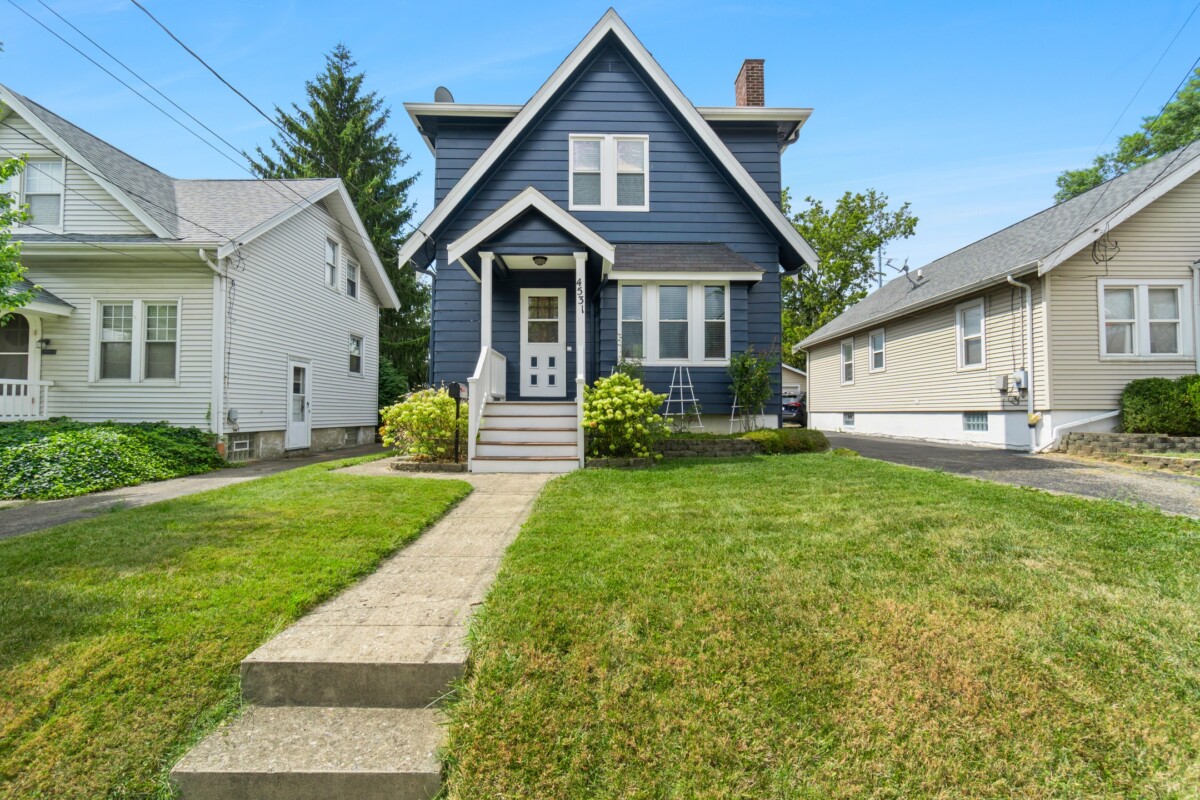
By: Redfin Blog During the homebuying process, one crucial decision that buyers often grapple with is whether to buy down their mortgage interest rate. Since interest rates play a pivotal role in determining the overall cost of a mortgage – what you end up paying each month as a mortgage paym
Read MoreThe Advantages of Buying a Home in the Off-Season
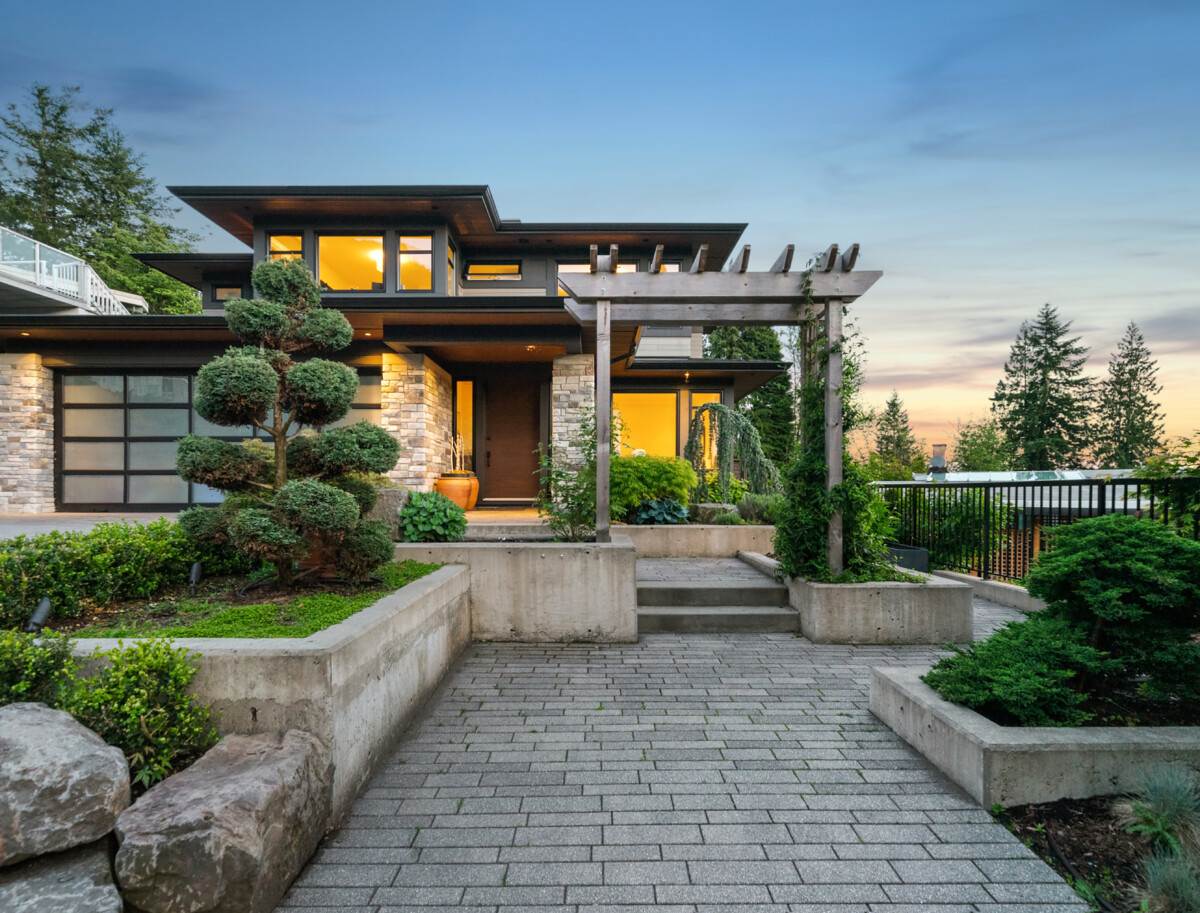
By: Redfin Blog When it comes to buying a home, most people often think of the bustling spring and summer months. Afterall, it is the season of open houses, elevated curb appeal, and the frantic pace of the real estate market. However, buying a home during the fall and winter months can offer
Read More
Categories
Recent Posts









